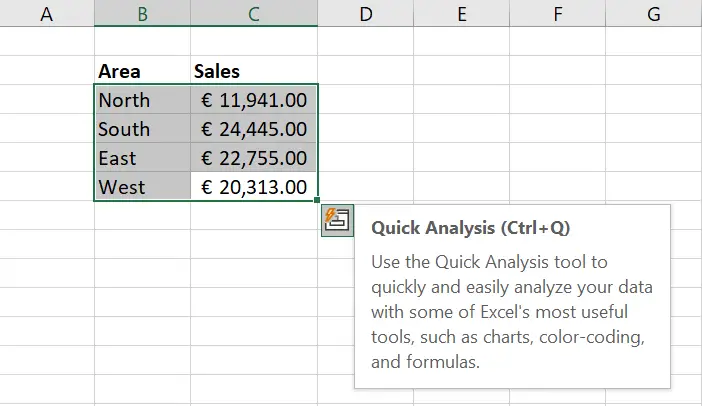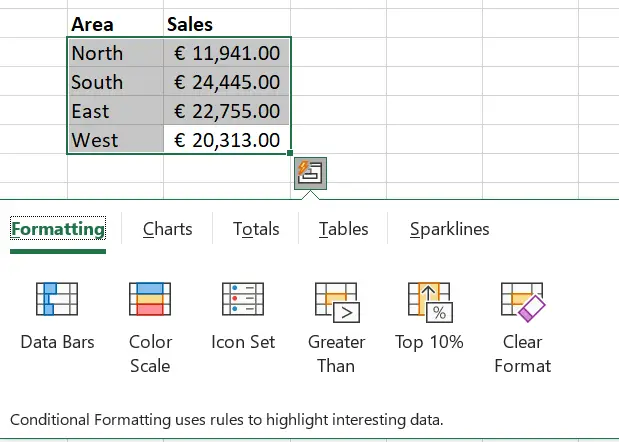

If more than one worksheet is open, switch to the next one Switch between the worksheet, the Ribbon, the task pane, and Zoom controls Move to the word to the right while in a cell Move to the word to the left while in a cell Move to the last cell that has content in it Move one worksheet tab to the left / rightĬontrol-Page Down / Control-Page Up or Option-right arrow / Option-Left arrow Option-Page Up / Option-Page Down or Fn-Option-up arrow / Fn-Option-down arrow Page Up / Page Down or Fn-down arrow / Fn-up arrow Spell-check the active worksheet or selected range Useful Excel keyboard shortcuts Source: Microsoft Action Note: On Macs, the ⌘ key is the same as the Command or Cmd key.

For even more shortcuts, see Microsoft’s Office site. Most work whether you’re using a subscription (Microsoft 365/Office 365) or non-subscription version of Excel. You can format it.We’ve listed the shortcuts we’ve found the most useful below. But for now, I'll just click the Action button, and doing so displays the Quick Analysis Lens, and this gives you many different ways to look at your data. If you want, you can also open the Quick Analysis tool by selecting your data and pressing Ctrl+Q on the keyboard. And when I hover the mouse pointer over it, you'll see that it is called the Quick Analysis.

When I select that cell range, you see that a new button has appeared at the bottom-right corner of the selection. In this case, my data is in cell A1 to B7. To use the Quick Analysis Lens, the first thing you need to do is to select the data you want to summarize. Excel 2013 comes with a new feature called the Quick Analysis Lens that helps you decide. That's great, because it gives you a lot of ways to look at your data, but the problem of course is that you have to decide what to do. Excel is an incredibly powerful and flexible program.


 0 kommentar(er)
0 kommentar(er)
